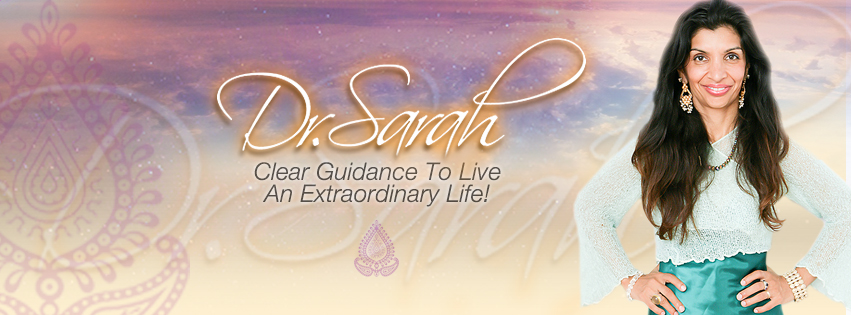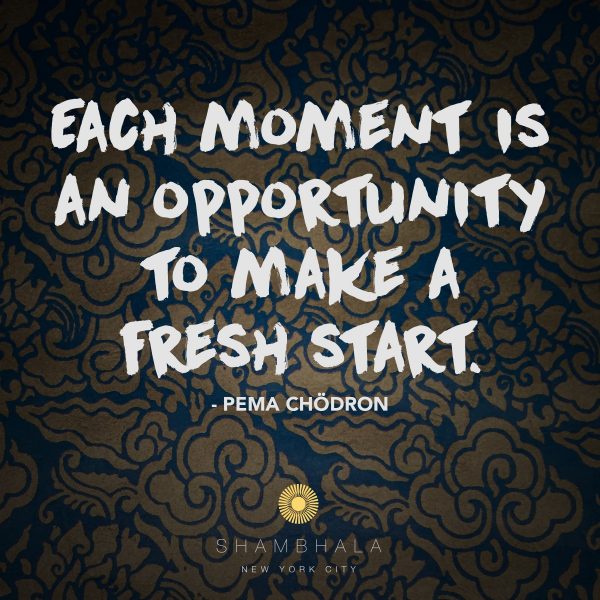
Written for you on 12/12 Gateway| To Let Go of The Past
BREATHING does free you from the past!
How to Let Go of Things from the Past
- Create a positive mantra to counter the painful thoughts. …
Choose that mantra now!
Write it down now!
Feel what it feels like to be free right now!
The Mantras that may free you
1. You are forgiven before you do anything!
2. Who would you be without that thought? (How would you show up?)
3. You can grow a bigger heart, thicker skin, and assert I am willing!
4. I generate true freedom because I own my choices! - Create physical distance. …
(CLEAR MIND< OPEN HEART< RELAXED BEING)
Use your imagination. In your imagination, mind’s eye, see it as smaller than the image of the future! - Do your own work. …
Only you can rebuild yourself - Practice mindfulness. …
Be in the present moment! Cause yourself by turning on an alarm to allow you to get into the current moment! - Eat healthy living foods
This moves you and your body! - Drink water
Water is the solution to rebuilding our world because water has the ability to change your emotions - Be gentle with yourself. …
Know that you are probably healing your family linage by becoming present and doing this work. You are healing you with being gentle and not judging your experience. - Allow negative emotions to flow. …
Someone has to feel the emotions that are around and not be taken over. This is where breathing becomes important.
- Accept that the other person. place, the event may not apologize. …
Be okay that the other has to live with what has happened. You have the ability to clear the field! - Engage in self-care. Repeat this over and over again!
Programming of the past:
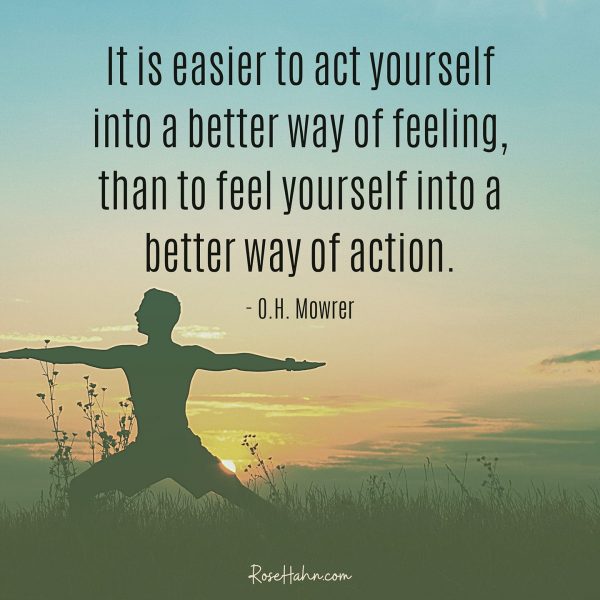
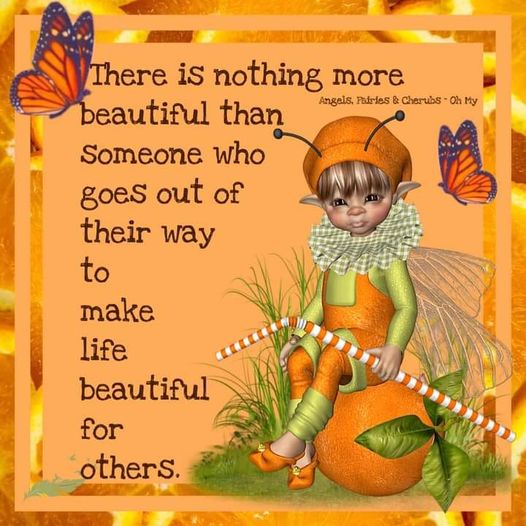
How do I decide my Reality? You decide by choosing you! You as much as anyone else deserves your love! Make a beautiful moment for your self each day and then ~when you are ready ~ give love from your overflow!!!!
Photo by Annapurna Bobba:
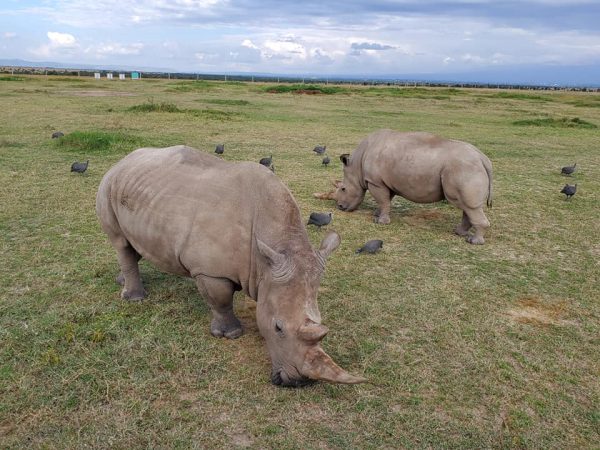
The Following Channel is from higher powers, Divine, the ancestral plane and is prophetic through Quornesha S. Lemon
Whether the White Rhino appears in dreams, visions, waking life or synchronicities, it is a sign and message that you are in some way affecting those around you or those that come to you, some come with gratitude and there are some who feel threatened by you. You are a loving and caring being, and it is time to call in the courage of the Rhino to help you with any feedback you may be receiving at this time. You may not need a “thicker skin” but you need to call in the strength of the Rhino. The White Rhino will also help you purify areas and emotions that appear weak or sensitive in any way right now. If you are an empath, it is okay, you will begin to learn to swim and fly high, as opposed to feeling victimized. Invoke this spirit animal. It symbolizes strength, rigor, courage, tenacity, confidence, and a gentle spirit. You are capable of being mentally and emotionally tough, yet gentle. And it’s message is that you’re more than ready for the world and what it entails.
If this is not you, then it is time to get clear to rejoin your tribe or the rest of the world of infinite beings. It’s time to bring your light to the forefront. However, if you aren’t able to invoke, heal or otherwise on your own, call on Thursday:
In groups, we are awakening the LOVE!
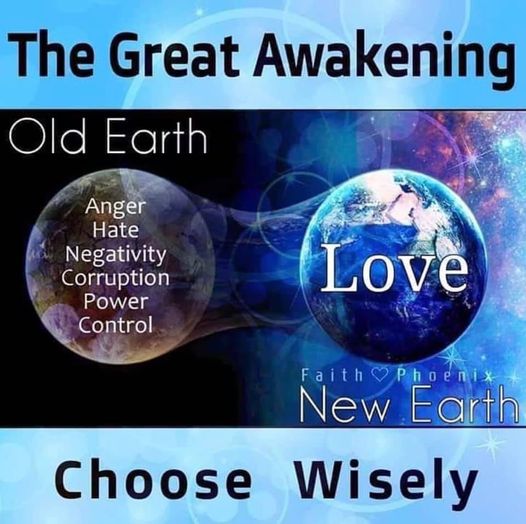
How do you label with words the “Great Mystery force/power in everything?”
Some label it, “The Universe” some label it “God”!
However you label it, it gives you opportunities!


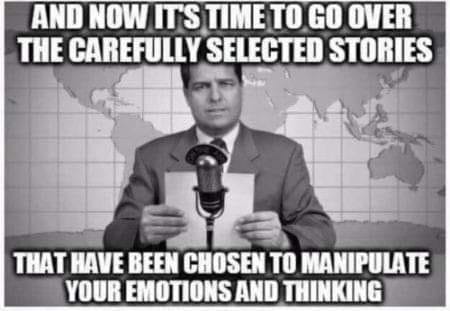
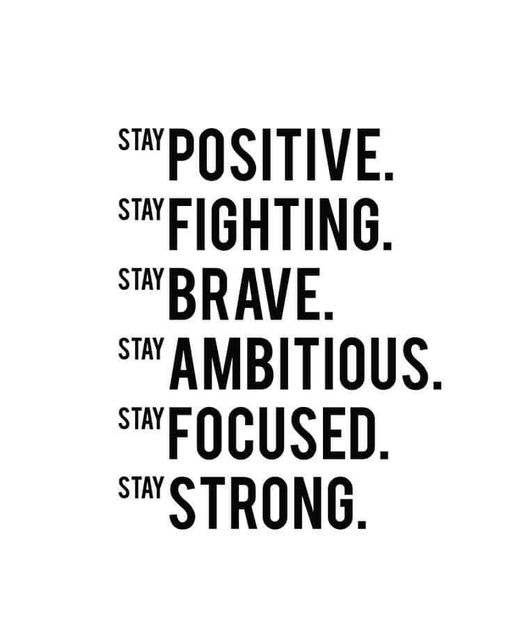
REAL MAGIC by Dean Radin
Penguin Random House
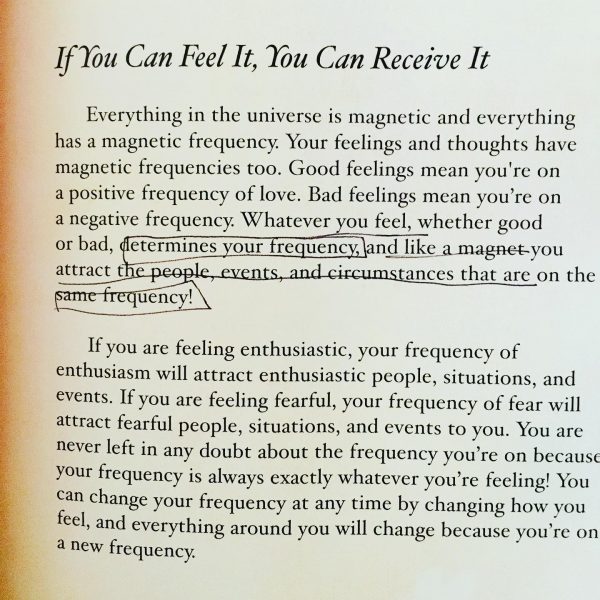
Dean Radin (pronounced Ray’ din), PhD, is Chief Scientist at the Institute of Noetic Sciences and Distinguished Professor at the California Institute of Integral Studies. He earned a BS in electrical engineering (magna cum laude, with honors in physics), and then an MS in electrical engineering and a PhD in psychology from the University of Illinois, Urbana-Champaign. Before joining the IONS research staff in 2001, Radin worked at AT&T Bell Labs, Princeton University, University of Edinburgh, and SRI International. He has given over 500 talks and interviews worldwide, and he is author or coauthor of hundreds of scientific and popular articles, four dozen book chapters, two technical books, and four popular books translated so far into 15 foreign languages: The Conscious Universe (1997), Entangled Minds (2006), Supernormal (2013), and Real Magic (2018).


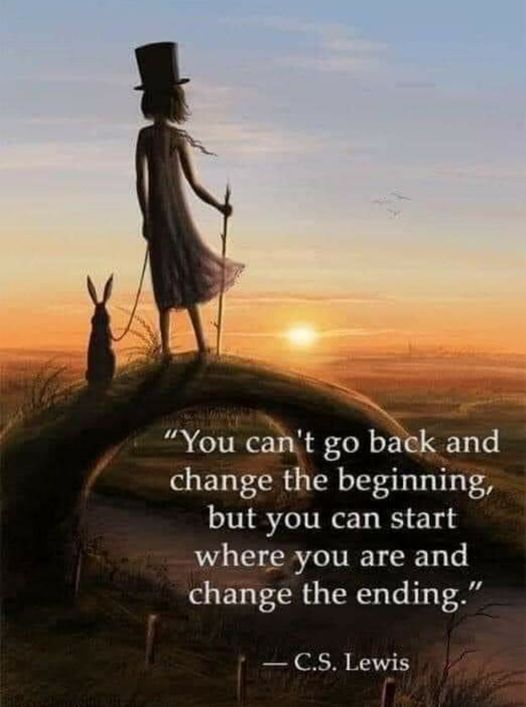
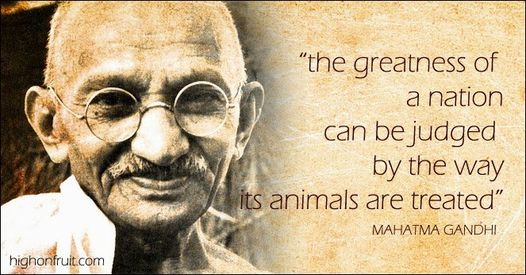
Every relationship you have is healing itself through you.
This is not wishful thinking, this is the latest scientific research!
BEING A DOCTOR
The secret of the care of the patient is in caring for the patient.— Francis Weld Peabody, MD, 1881–1927, American physician
At a difficult turn in my life about 15 years ago, Henry Seidel agreed to meet me for coffee at a shopping mall. It was a couple of days after Christmas, and I wanted to talk with him about my decision to stop practicing clinical medicine. After listening carefully, he said only this, “Bob, I will tell you what my mother told me when I faced a similar decision. ‘Henry, you will always be a doctor. Being a doctor is about what is in your heart and not what is in your little black bag.’” Indeed, Henry’s mother was right. I have probably healed as many people outside the formal practice of medicine as I have within it.
Many things got in the way of answering my call to be a healer. One of the things that got in the way was the medical profession itself. During my psychiatry rotation, late in my second year of medical school, I was approached by my attending physician. He asked me if I had considered a career in psychiatry. I recall this moment rather vividly. I told him that I had considered psychiatry but had decided against it. I told him that during the psychiatry rotation I had learned that relationships are what heal people, and I did not think I could maintain that many relationships.
This was an example of what Henry had mentioned, “What a student said was not necessarily what the student thought.” Looking back, I suspect what I thought was that psychiatry was using pills more than relationships to heal people and that the field would not fully support my desire to heal people through relationships. This period, in the mid-1980s, marked the beginning of a strong movement toward biological psychiatry, and many on the Hopkins faculty strongly supported that movement. What we know now about psychiatry is what we know about nearly every field in medicine—that medications and procedures are rarely sufficient to heal suffering; sometimes they are not even necessary. However, what is almost always necessary to heal people is to enter into a relationship with them.
By saying that relationships heal, I am not making a romantic call to a bygone era and urging a move away from the scientific evidence that has helped make the practice of modern medicine credible, ethical, and socially valued. In fact, you are entering medicine at a time when there is new scientific evidence to support the part of medical practice that was often called an art. Science has permitted us to reclaim what medicine has mistakenly forsaken and what I was once afraid to embrace—the healing power of relationships.
For example, the new field of interpersonal neurobiology has explained how relationships matter for healing. Because of advances in neuroscience and epigenetics, we have broken down some constraints in our thinking about the distinctions between mind and body and between nature and nurture. Therefore, we now understand how our biography, especially our relationships, becomes our biology.2 Today it is safer in our profession to give voice to the fact that relationships matter for healing, and it is okay to practice medicine as if our relationships with patients mattered. That is great news, because relationships are the part of your practice you will likely find most gratifying and sustainable.
LINGERING, LISTENING, AND LOVING
So, how will listening to your authentic call as a healer make a difference? How will you enter into relationships with patients in a way that is effective and sustainable? In closing, I will give you three interrelated practices to consider: lingering, listening, and loving.
First, there is lingering. Slow your physical and mental pace as much as possible. It is what Henry Seidel called approaching problems with a “deliberate speed”—work as fast as necessary, but no faster. At times, we think we must solve every problem immediately. We no longer use time to either heal or diagnose. We succumb easily to the trap of viewing our effectiveness and self-worth in medicine through the metric of speed. This trap makes us avoid a moment of silence in an encounter with a patient, even when that silence can be healing. It prevents us from taking time to reflect on questions like, “I wonder what is going on with this patient?” These reflective and humble “wondering” questions are often the ones that lead to the correct diagnosis or therapy, including the possibility of doing nothing else but more waiting, watching, and wondering.
Lingering allows one to be mindful rather than mindless. To be mindful is to achieve a deep awareness that arises from paying attention to what is happening in the moment, to our sensations, thoughts, and feelings. This awareness comes from noticing things in us and in others and not judging them harshly. Lingering can allow us to feel what is going on in an encounter with another person—what the patient is feeling and how we are feeling. That sense you convey to your patients that you understand what they are feeling or experiencing changes their brains, and this is part of how relationships heal. This conveyed understanding places the person in a physiologically safe state. In that state, the biologic and behavioral process of integration, restoration, growth, and positive adaption occur.
Next, there is listening. People are healed by the process of telling their stories and feeling heard. Indeed this is the very process by which people feel worthy and included, and much chronic illness arises simply because people feel persistently unworthy or excluded. Train your mind to hear every detail of people’s stories, and always wonder what has been left out and why. Never judge people’s stories as incoherent. The less coherent a person seems, the more likely it is that person needs your help. Everyone who has experienced significant suffering from pain and worry has trouble making coherent narratives. Ask every patient you see some open-ended questions: “What brings you here today?” or “What happened to you?” And never forget that the most powerful and underutilized utterance in medical practice is this: “Tell me more about that.” Do all you can to keep eye contact with your patients. The eyes are the window to the mind. How you cast your eyes upon another can change the mind of that person, and the mind can heal the body.
Finally, there is loving. What relationship is therapeutic if it does not involve positive emotion, and what is a relationship with positive emotion if it is not some form of what we call love? Love is essential to our health and to healing. Indeed, our profession has harmed itself, in my opinion, by its prescription for objectivity and emotional distance from our patients. Current scientific evidence suggests that emotional distance is bad for patients and physicians alike. This dated prescription of emotional distance has left us trying to heal patients by using only what is in our black bags and not what is in our hearts. It has left us feeling empathic towards the suffering of others but limited in our responses of compassion—our helping actions. There must be something more to use than scalpel, pill, laser, or patch. Care of the dying, if nothing else, calls for more.
Cutting-edge and science-informed practice in 2015 has us working well beyond the old boundaries of our profession that limited our emotional involvement with patients. There is no healing relationship without empathy, and empathy involves the emotion centers of the brain. When we are empathic to the suffering of another, the areas of our brain that are active are similar to the areas of the brain that are active in the person who is suffering. Indeed, empathy is painful, and too much empathy can lead to burnout, unless that empathy is accompanied by a compassionate response. Compassion is experienced in the brain where we experience love—romantic love and parent-child love—with all its elevating emotions. Compassion is a helping action in relation to another. It feels good to the healer and the healed. Compassion may be what sustains us through our empathy, because it is the proper and adaptive response to the pain we can experience during empathy.
The powerful tools of modern biomedical therapeutics, which you have learned in medical school, are tools of compassion. Immunizations and opiates alleviate suffering. But your time in medical school also permitted you to develop some tools of compassion that you had when you arrived here. These are relationship tools, like encouraging, touching, listening, and being silent and fully present. These are also acts of love. They are acts of patience, tenderness, and kindness. That is how they are received, and this is why they heal people.
FOR YOURSELF
I will end today by giving all five of you a compassionate prescription. It contains the three Ls—linger with yourself, listen to yourself, and love yourself. Parents and friends, please remind these graduates of the prescription. Help them use it.
First, linger with yourself. Your medical degree is a portal to many careers. You may well be blessed with a long work life that has distinct epochs that seem like separate careers. You do not need to accomplish everything in one career. Over time and with patient, deliberate, and reflective lingering, the proper next career will reveal itself.
Never forget to listen to yourself. If your work and your relationships are not feeling right, you probably need to change something. Pain and suffering are part of our experience as healers. It is not just the experience of our patients. Listen to your pain and suffering and never be afraid to seek care for yourself. That care might be as simple as a walk in the woods, sleeping late one day, or playing your musical instrument.
Finally, love yourself. This is a call to the practice of self-compassion, and this practice will yield several important freedoms. Self-compassion allows you to say no and to set limits on your caregiving without feeling guilty. This ability frees you from the perilous trap of always feeling the need to be needed by others. Self-compassion allows you to live peacefully with your mistakes and to learn from them. It keeps you from fretting about your ignorance and limitations. Freedom from that worry will keep you open-minded and wanting every day to learn and grow. Finally, self-compassion will keep you from denying what you don’t understand. Freedom from this denial allows you to enter a place of humble and joyous wonder about the deep mystery of healing and the privilege of participating in that mystery.
The Secret
The good physician knows his patients through and through, and his knowledge is bought dearly. Time, sympathy and understanding must be lavishly dispensed, but the reward is to be found in the personal bond which forms the greatest satisfaction of the practice of medicine. One of the essential qualities of the clinician is interest in humanity, for the secret of the care of the patient is in caring for the patient.— Francis Weld Peabody, MD, 1881–1927, American physician
Articles from The Permanente Journal are provided here courtesy of Kaiser Permanente
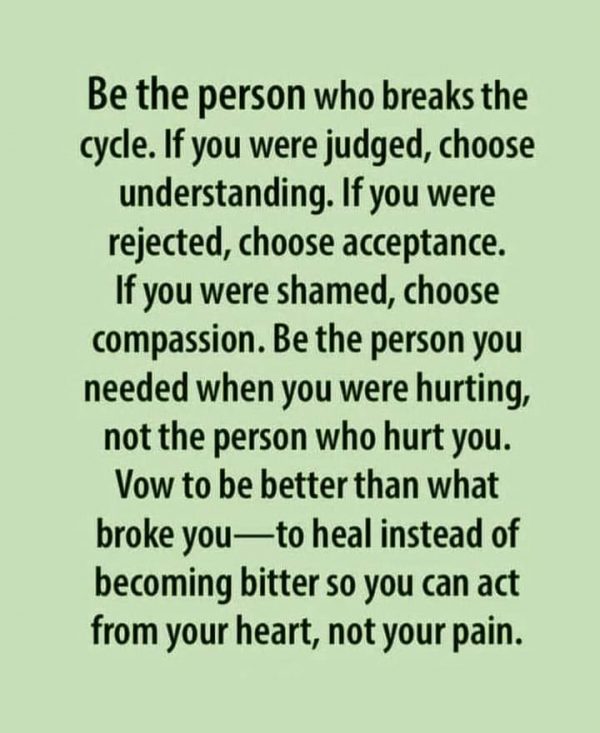
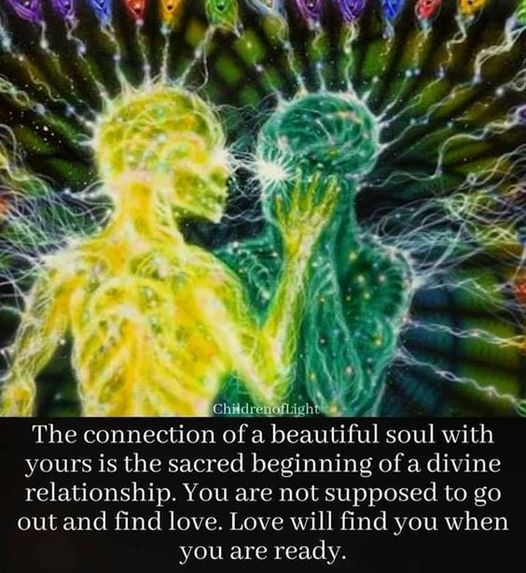


Laughter is the best medicine

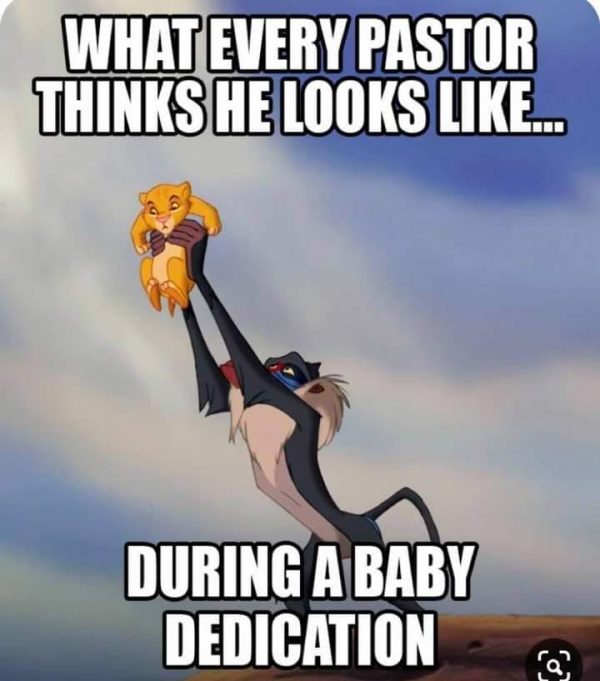



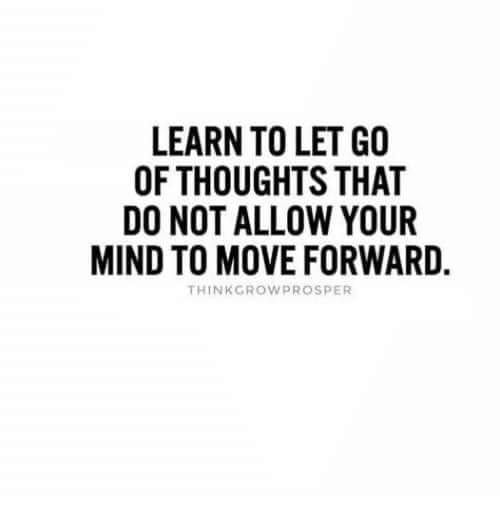
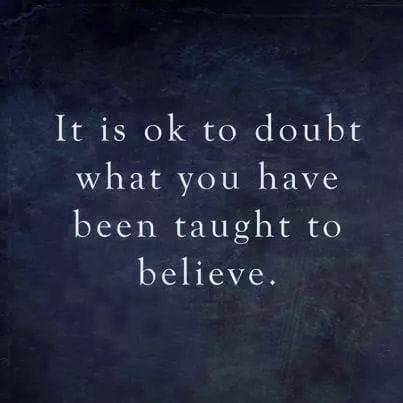
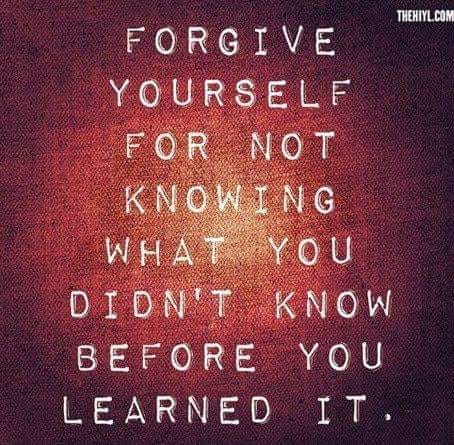

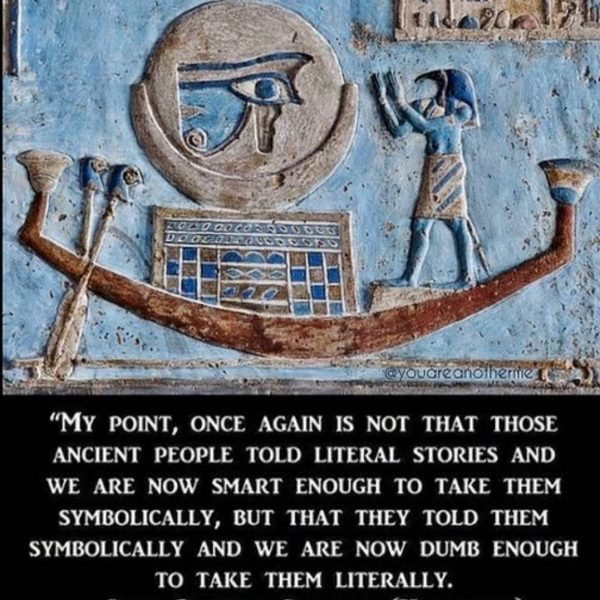
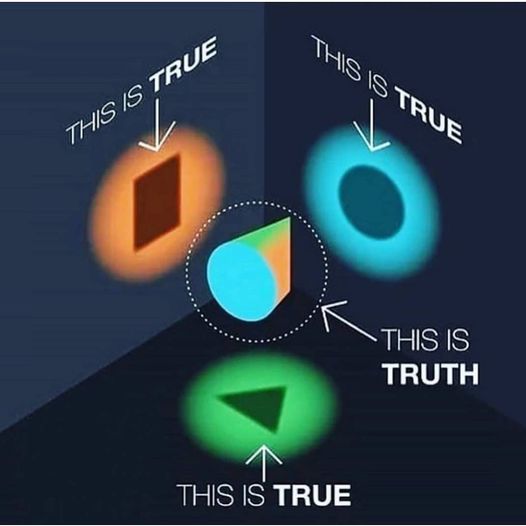
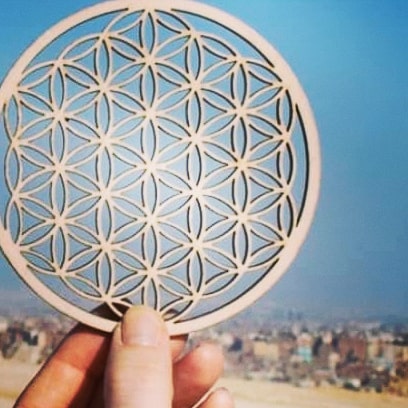

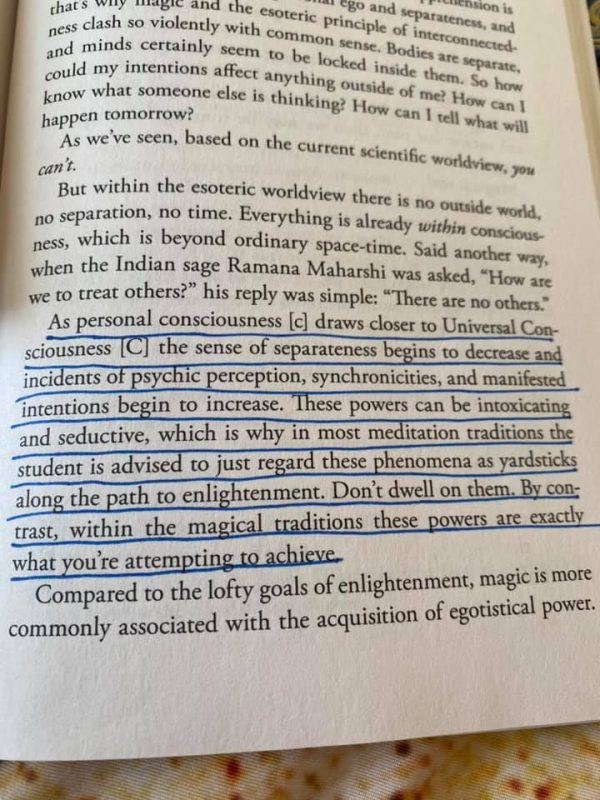

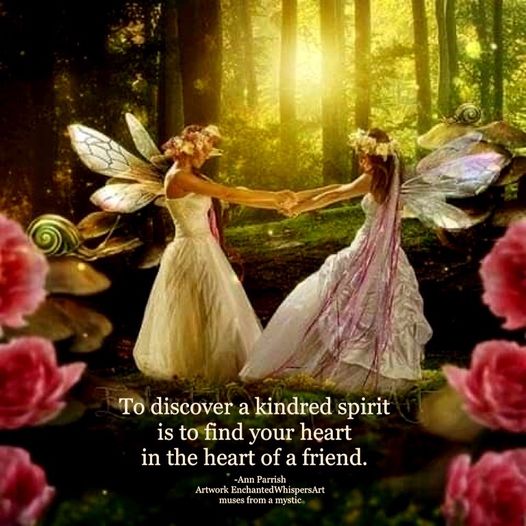
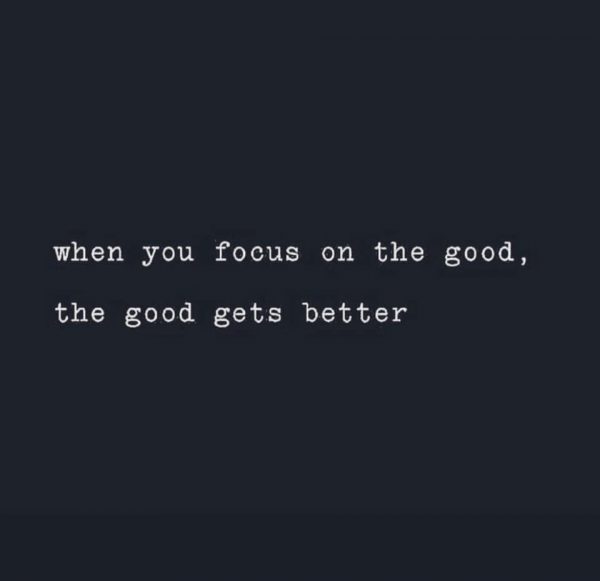

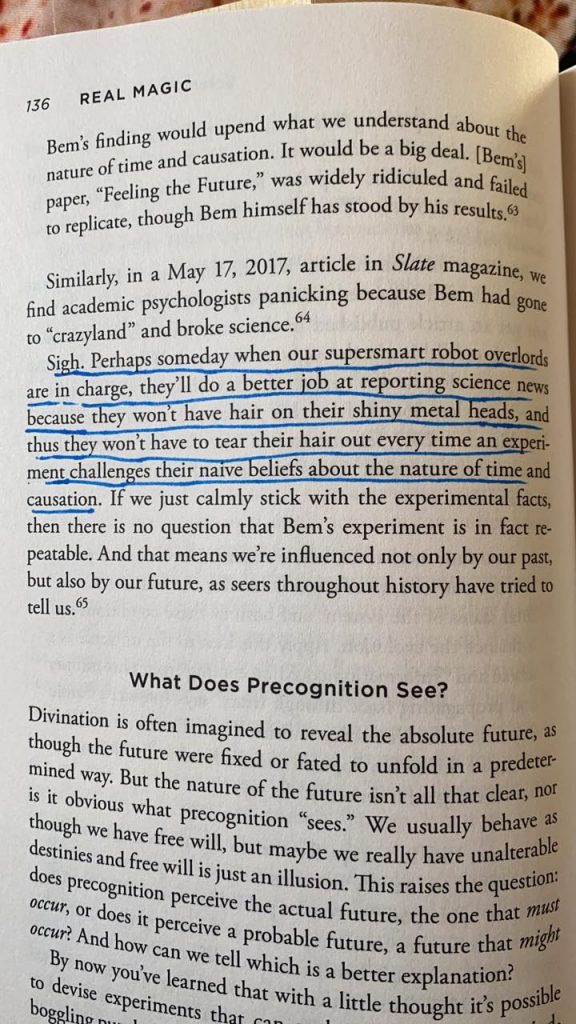
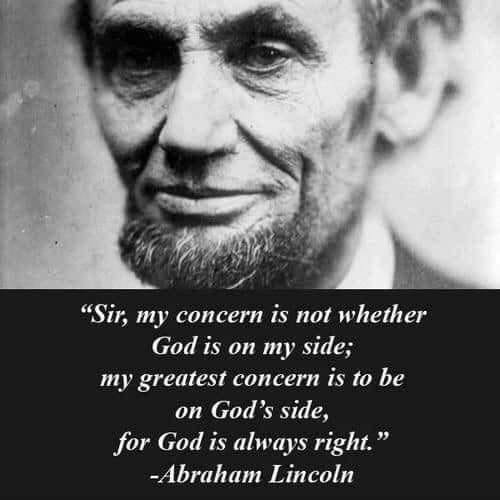
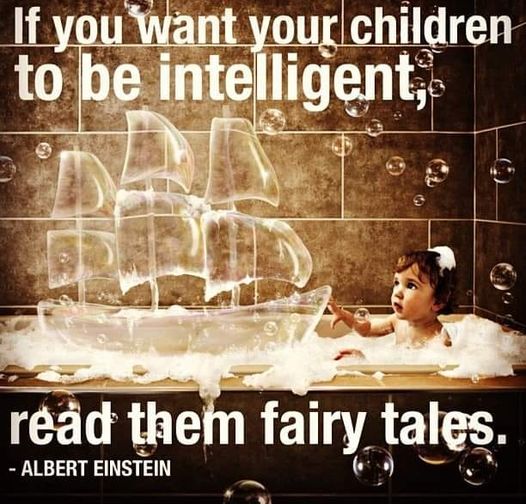
Thank you dear Annapurna Bobba for being one of my favorite people from Medical School at Kasturba Medical College, Manipal, and this picture:
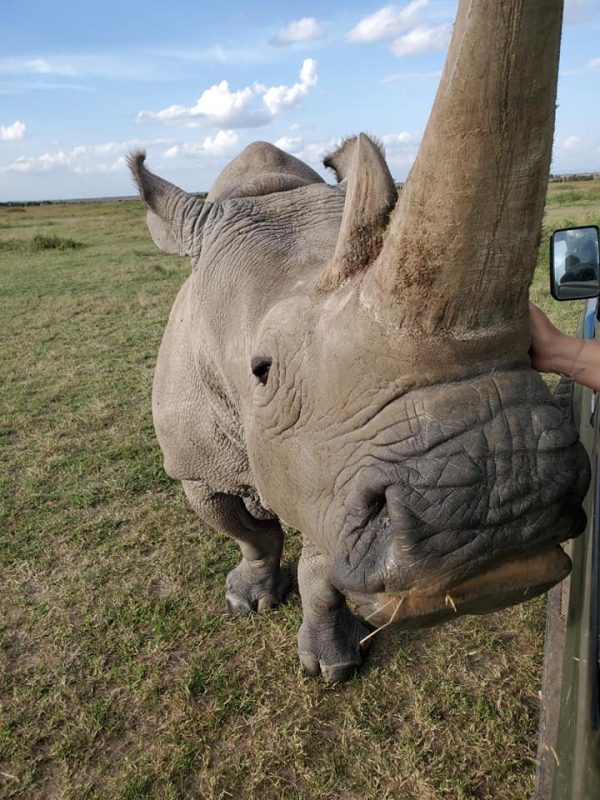
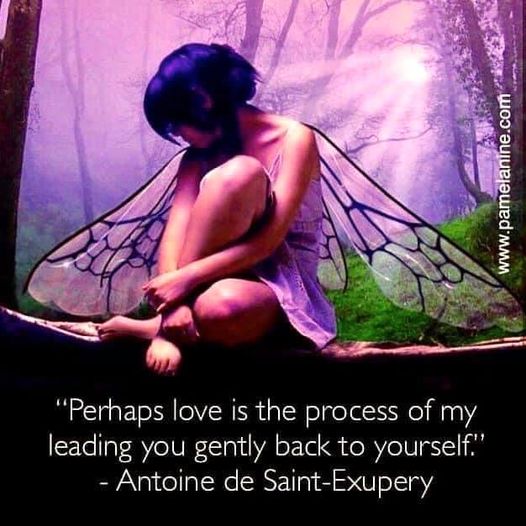
Please write to me here:
love beyond words!
